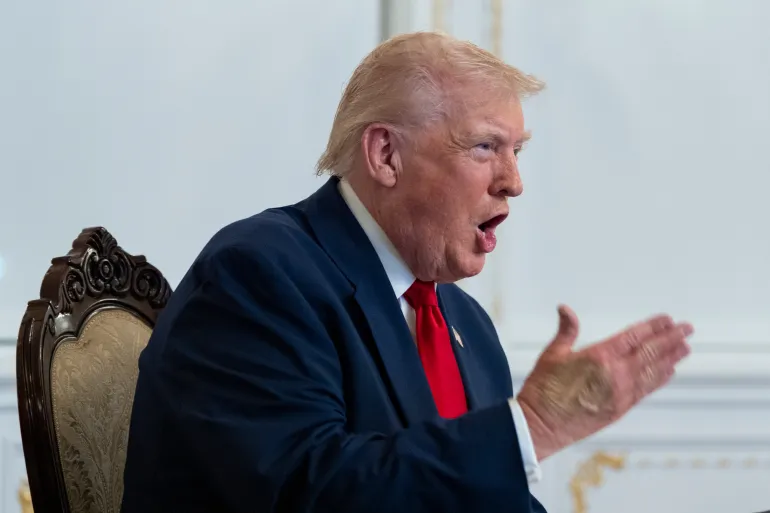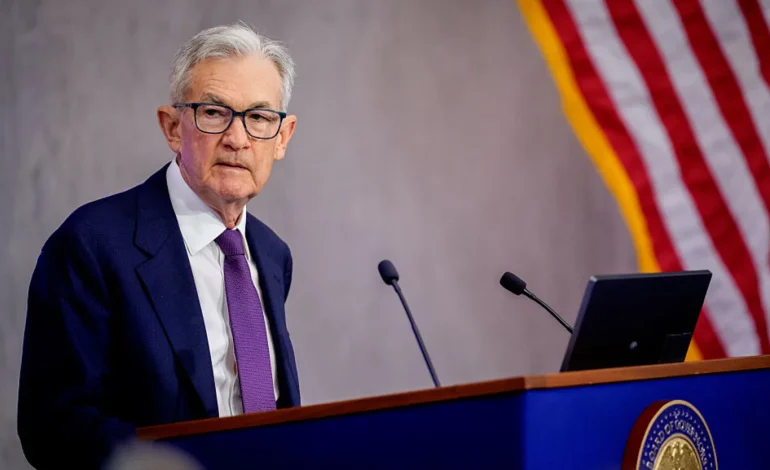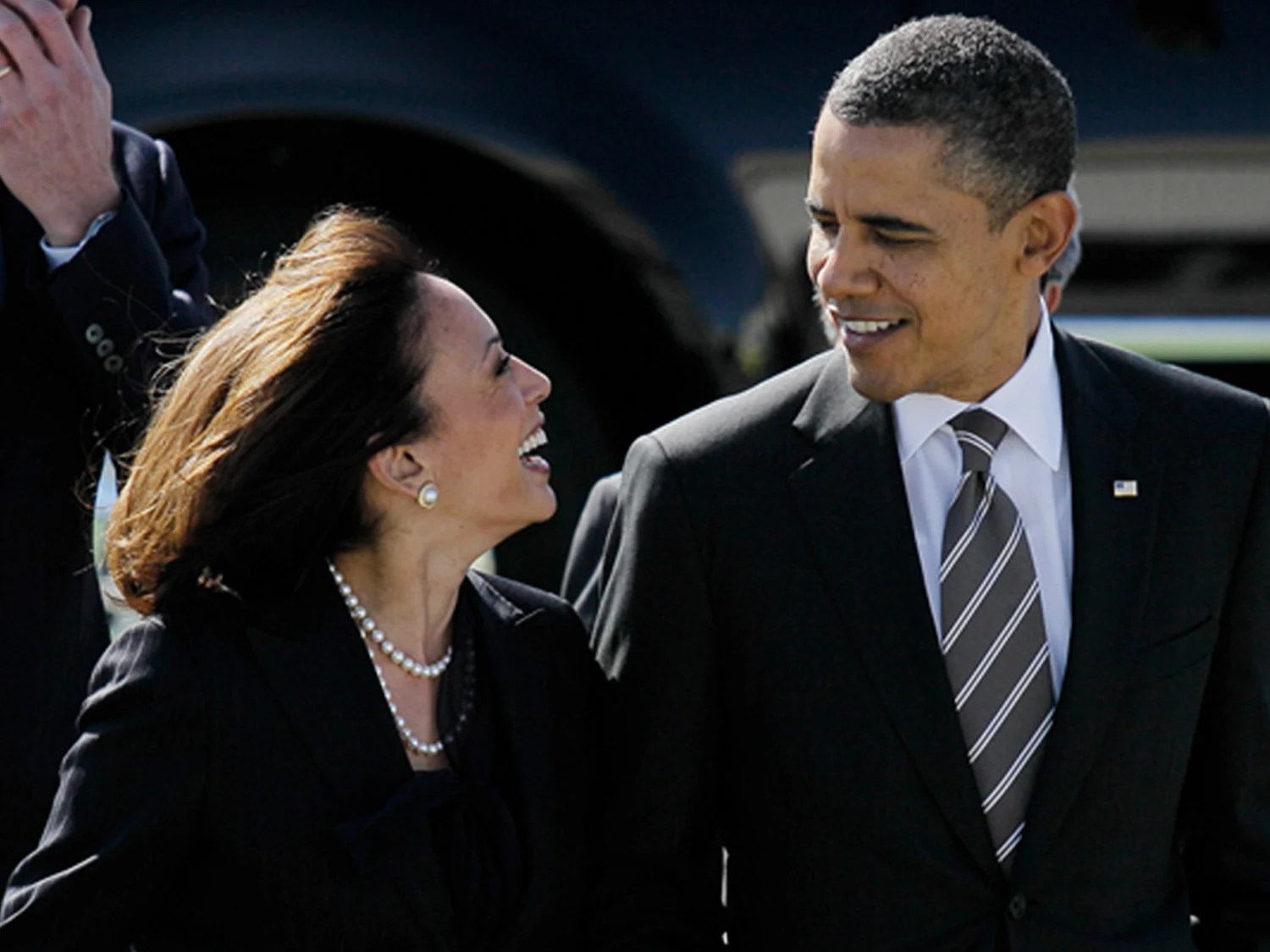Federal Reserve Chair Jerome Powell announced Thursday that the central bank is undertaking a comprehensive review of its monetary policy framework—its first since 2020—amid an economic environment that has shifted significantly over the past five years.
Speaking at the Thomas Laubach Research Conference in Washington, Powell outlined the Fed’s intention to re-evaluate both how it sets interest rate policy and how it communicates decisions to the public. This reassessment comes after a turbulent period marked by persistent inflation, rising global interest rates, and heightened economic uncertainty.
“We are paying particular attention to the 2020 changes as we consider discrete but important updates reflecting what we have learned about the economy,” Powell said in prepared remarks.
The Fed’s current review will incorporate lessons from the post-pandemic inflation surge and subsequent monetary policy responses, including the limitations of its current framework.
The existing policy structure was designed in an era of low inflation and near-zero interest rates, emphasizing employment gains over inflation risks. However, inflation has now exceeded the Fed’s 2% target for four consecutive years, raising questions about whether the previous approach adequately prepared policymakers for rapid price growth.
As part of the review, Fed officials are also examining ways to improve communication with the public, particularly regarding the role of forecasts and the need to better convey uncertainty in times of economic volatility. Powell noted that while financial professionals and academics often understand the Fed’s messaging, the broader public may not, especially during times of major economic shocks.
The Fed’s 2020 framework introduced a “flexible average inflation target,” allowing inflation to exceed the 2% goal for short periods in the interest of boosting employment. However, that flexibility was tested almost immediately, as inflation surged unexpectedly in 2021 and beyond. While Fed officials initially described the inflation spike as “transitory,” the continued price increases led to aggressive rate hikes, which now place the federal funds rate between 4.25% and 4.50%.
Looking ahead, Powell warned of a potentially more volatile inflation landscape.
“We may be entering a period of more frequent, and potentially more persistent, supply shocks—a difficult challenge for the economy and for central banks,” he said.
He suggested that these shocks, driven in part by shifting trade policies and global disruptions, could keep inflation volatility elevated compared to the relatively stable period of the 2010s.
Although Powell did not directly reference recent trade tensions or tariffs, his remarks coincide with continued uncertainty around US trade policy. Businesses have expressed concern over potential supply chain disruptions, especially as container shipments from China to the US have declined sharply.
Powell emphasized that while longer-term inflation expectations remain anchored, real interest rates are likely to remain higher than in the past due to these emerging risks.
The review, which is expected to conclude in the coming months, aims to refine the Fed’s approach to ensure it is more adaptable and transparent in a changing economic environment. While no specific policy shifts were announced, the results of the review may guide the central bank’s future decisions, especially if inflation remains volatile or economic growth slows further.
The Federal Reserve is scheduled to meet again in mid-June.










The latest news in your social feeds
Subscribe to our social media platforms to stay tuned